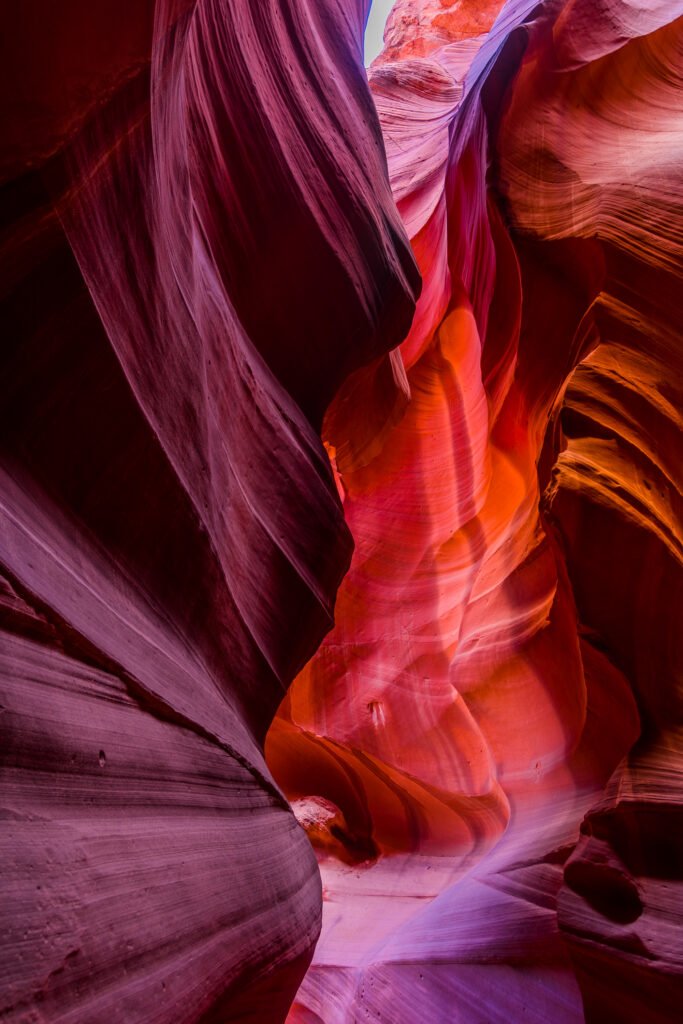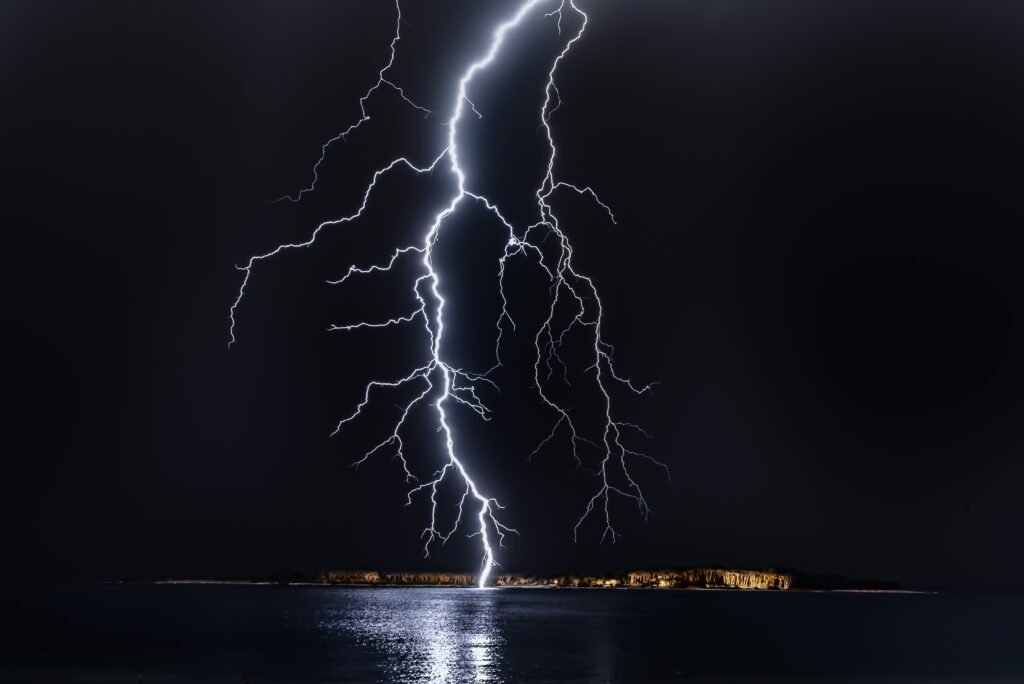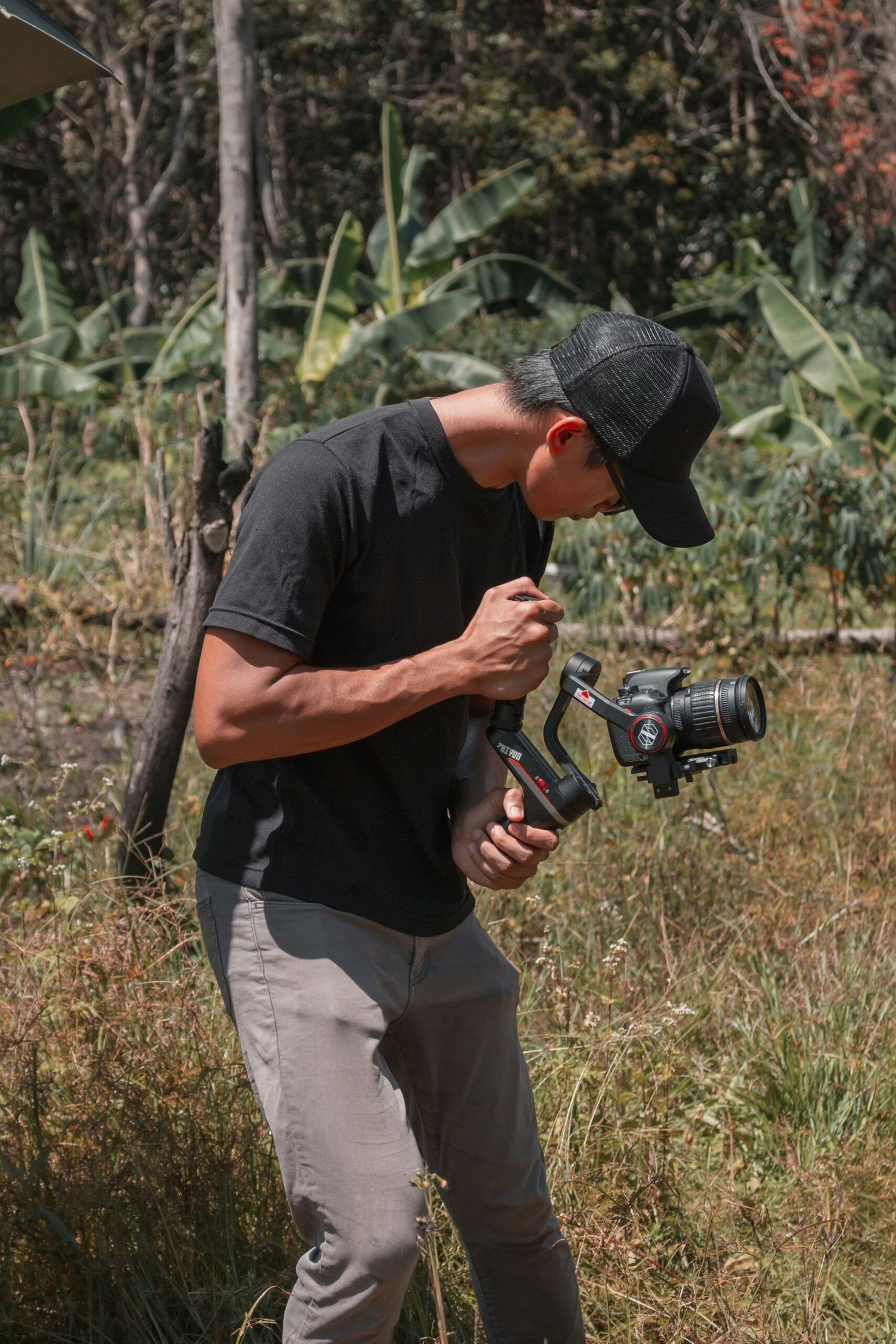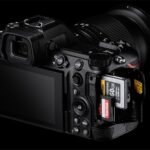A Beginner’s Guide to Epic Shots
A Beginner’s Guide to Epic Shots. Have you ever looked at a stunning photograph and wondered how the photographer captured such an incredible shot? Do you want to take your photography skills to the next level and capture your own epic shots? Whether you’re a complete beginner or have some experience with photography, this guide will provide you with the essential knowledge and techniques to master Photography 101. Get ready to take your first steps towards creating breathtaking images that leave a lasting impact on anyone who sees them.

Introduction to Photography 101: A Beginner’s Guide
Photography 101 is the perfect starting point for anyone who wants to capture beautiful, high-quality shots. It doesn’t matter if you have an expensive camera or just a simple smartphone – this beginner’s guide will help you understand the basics of photography and teach you how to take stunning photos in any environment.
In this guide, we’ll cover everything from key settings and modes on your camera, to lighting techniques that will bring your images to life. You’ll learn about composition rules and tips that can turn a boring shot into a breathtaking one, as well as creative control with aperture, shutter speed, and ISO.
We’ll also dive into shooting in different environments such as landscapes, portraits, action shots, and more! You’ll discover editing tools and techniques that can transform even mediocre photos into something truly amazing!
Whether you’re looking for a new hobby or want to improve your skills as a professional photographer – this guide has everything you need. So let’s get started on exploring Photography 101 together!
Understanding Your Camera: Key Settings and Modes
To capture great shots with your camera, it’s important to understand its key settings and modes. Familiarize yourself with the camera’s basic functions such as shutter speed, aperture, and ISO. Shutter speed controls how long the camera sensor is exposed to light while taking a photo; slower speeds create motion blur while faster speeds freeze movement. Aperture affects depth of field, or how much of the image is in focus; lower numbers create shallower depth of field for blurry backgrounds while higher numbers keep everything in focus.
ISO determines the sensitivity of your camera’s sensor to light; higher ISO allows you to shoot in low-light conditions but can introduce digital noise into images. Understanding these three settings will help you get the correct exposure when shooting.
In addition, most cameras offer different modes like manual, aperture priority (A), shutter priority (S), program auto mode (P), and automatic mode for beginners. Manual gives complete control over all settings while others prioritize specific aspects based on user input or scene analysis by the camera itself. Experimenting with different modes can help you find what works best for each situation!

Lighting Techniques for Capturing Great Shots
Understanding lighting is crucial for capturing great shots. One key phrase to remember is “golden hour”– the period of time just after sunrise or before sunset when the light is soft, warm, and perfect for outdoor photography. Using natural light creatively can make your photos stand out from the crowd.
When shooting indoors or in low-light situations, another important key phrase to keep in mind is “white balance”. Understanding white balance allows you to adjust the color temperature of your photos so they appear more natural and less yellow or blue. You can manually adjust white balance settings on your camera or use post-processing software to fine-tune it later.
Don’t be afraid to experiment with different types of lighting sources such as candles, streetlights, neon signs etc., as they can add unique effects and mood to your photographs. Remember that good lighting makes all the difference between a mediocre photo and an epic shot!
Mastering Composition: Rules and Tips for Stunning Photographs
Understanding the rules and guidelines of composition can take your photography from mediocre to magnificent. The rule of thirds is a fundamental principle, where you divide your frame into thirds both vertically and horizontally. This separates the image into nine parts, allowing you to balance different elements in each part for more dynamic shots. Another key technique is leading lines; these help direct the viewer’s eye towards the focus point of your shot.
When it comes to photographing landscapes, use foreground interest to make an image pop by including interesting objects or elements in front of mountains or vast spaces, adding depth and perspective. For portraits, keep the eyes sharp and choose an appropriate depth-of-field that suits your subject or tells their story best- whether this be narrow with one specific element in focus or wider showcasing all aspects equally.
Remember: while understanding these rules are important, they are not fixed laws set in stone but rather guidelines meant to be broken creatively once you have mastered them!
Creative Control with Aperture, Shutter Speed, and ISO
Aperture, shutter speed, and ISO control the amount of light entering your camera, depth of field, and image noise. Understanding how these settings work together is crucial for creative control in your photography.
Aperture controls the size of the opening that allows light onto the camera sensor. A larger aperture (smaller f-stop number) creates a shallow depth-of-field effect, while a smaller aperture (larger f-stop number) will increase sharpness across more of your image.
Shutter speed determines how long your camera’s sensor receives light through the lens. A faster shutter speed freezes action shots whereas slow shutter speeds create motion blur.
ISO(International Standards Organization) adjusts sensitivity to light resulting to more or less noise in an image. As much as possible maintain a low ISO for better quality images but when shooting at night it’s helpful to use higher ISO levels.
Experiment with different combinations until you understand their effects on each other,and once mastered they become useful tools in creating stunning photos that stand out from everybody else’s work!

Shooting in Different Environments: Landscapes, Portraits, Action Shots, and More
Capturing the Beauty of Landscapes: Tips and Tricks for Stunning Shots
To capture stunning landscape shots, composition and lighting are key. Look for interesting foreground elements to add depth to your shot, and use the rule of thirds to create a balanced composition. Consider shooting during the golden hour, which is the hour after sunrise or before sunset when the light is soft and warm. Use a tripod to keep your camera steady and experiment with different angles and perspectives. Don’t be afraid to play with exposure settings like aperture and shutter speed to achieve the desired effect. With practice and patience, you can capture breathtaking landscapes that will leave a lasting impression.
Perfecting Portraits: Techniques for Flattering Poses and Lighting
When it comes to capturing great portraits, lighting and posing are key. For a flattering pose, have your subject turn their body slightly to the side, angle their face toward the camera, and lower the shoulder closest to the camera. This creates a slimming effect and adds dimension to the photo. As for lighting, natural light is ideal but if you’re shooting indoors use soft, diffused light rather than harsh overhead lights. You can also experiment with things like backlighting or using reflectors to enhance your subject’s features. With these techniques, you’ll be able to take stunning portraits that truly capture your subject’s essence.
Freezing Time: Mastering Action Shots with Shutter Speed and Focus
To capture great action shots, you need to understand how to control your camera’s shutter speed and focus. A fast shutter speed freezes motion, while a slower one creates a sense of movement. For sports or fast-moving subjects, use a high shutter speed (1/500 or faster) to freeze the action. To add motion blur, try a slower shutter speed (1/60 or slower) and pan with your subject. Focus is also crucial in action photography. Use continuous autofocus mode to keep your subject sharp as they move. Practice these techniques to capture stunning action shots that truly wow.
Shooting in Challenging Environments: Overcoming Low Light, Harsh Weather, and More
When shooting in challenging environments, low light and harsh weather can be major obstacles to capturing great shots. To overcome low light situations, consider using a tripod to stabilize your camera and avoid camera shake. You can also increase your ISO setting, but be aware that this can introduce noise into your photos. When dealing with harsh weather conditions, protect your gear with rain covers or waterproof cases. Look for interesting compositions that incorporate the weather, such as capturing reflections in puddles or snow-covered landscapes. Don’t be afraid to experiment and take risks in these challenging environments – sometimes the most unique and stunning shots come from pushing yourself out of your comfort zone.

Post-Processing Your Photos: Editing Tools and Techniques
Choosing the Right Editing Software for Your Needs
When it comes to post-processing your photos, choosing the right editing software is crucial. There are many options available, from free programs like GIMP to professional-grade software like Adobe Photoshop. Consider your needs and skill level when selecting a program. If you’re just starting out, a simpler program like Lightroom or Luminar may be a good choice. If you need more advanced features, Photoshop or Capture One may be better suited for you. Keep in mind that some programs may require a subscription or one-time purchase fee. Take the time to research and try out different options to find the one that works best for you and your photography goals.
Essential Techniques for Color Correction and Contrast Adjustment
Color correction and contrast adjustment are essential techniques in post-processing your photos. These adjustments can make a huge difference in the final outcome of your image. One important tool for color correction is the white balance adjustment, which helps to remove any unwanted color casts in your photo. Contrast adjustment, on the other hand, helps to bring out the details in your image by adjusting the brightness and darkness levels. Using these techniques, you can enhance the colors and tones in your photo to create a more vibrant and dynamic image. Don’t be afraid to experiment with different settings until you achieve the desired effect.
Crafting Captivating Images with Advanced Editing Tricks
To truly bring out the best in your photos, advanced editing techniques can make all the difference. One key phrase to keep in mind is post-processing, which involves using software like Adobe Lightroom or Photoshop to enhance your images. This allows you to adjust exposure, color balance, sharpness and more. Another important term to remember is non-destructive editing, which means that any changes made won’t permanently alter the original image file.
Some advanced editing tricks include creating a dramatic black and white effect by adjusting highlights and shadows, selectively sharpening certain areas of the photo for added detail, or removing unwanted objects from an image using clone stamp or content-aware fill tools. With these techniques in your toolkit, you can take your photography skills to new heights!
Common Post-Processing Mistakes to Avoid
When post-processing your photos, it’s important to avoid some common mistakes that can ruin an otherwise great shot. First, don’t go overboard with filters and effects – sometimes less is more. Second, be mindful of the color balance in your photo and adjust it as needed. Third, avoid cropping too much or too little; aim for a balanced composition while retaining important details. And finally, make sure to save a copy of the original photo before making any major edits so you can always revert back if needed. By avoiding these key mistakes, you’ll be able to elevate your photography skills and produce stunning shots that capture the beauty of any moment.
Taking it to the Next Level: Developing Your Photographic Style
Developing Your Photographic Style
Now that you’ve learned the basics of photography, it’s time to develop your own style. Experimentation is key in finding what works best for you and your artistic vision. Remember to focus on the aspects of photography that interest and inspire you.
One way to develop your style is by studying other photographers’ work. Analyze their composition, lighting, use of color, and subject matter. This will help you gain inspiration and discover new techniques.
Another way is to practice regularly. Take photos every day or as often as possible, even if it’s just with your smartphone camera. Don’t be afraid to try new things or take risks with your shots.
Consistency is also important in developing a photographic style. Try to create a cohesive look in all of your photographs using similar techniques or editing styles.
Lastly, don’t forget about post-processing tools like Lightroom or Photoshop which can give an extra touch of creativity to your photos but remember not to overdo it!
With these tips in mind, go out there and explore the world through the lens of a camera!
Becoming a skilled photographer takes practice, patience, and perseverance. But with the right guidance and tools, anyone can capture epic shots that tell a story and evoke emotions. In this beginner’s guide to photography 101, we hope to have given you the foundation needed to start your journey towards mastering this art form. Remember to always experiment with different techniques, settings, and angles; challenge yourself by shooting in new environments; seek inspiration from other photographers; and most importantly, have fun! The more you shoot, the better you will become at capturing those unforgettable moments that make life so beautiful. Happy shooting!
Common Questions
Who can benefit from Photography 101?
Anyone who wants to learn how to capture great shots.
What will I learn in Photography 101?
You’ll learn the basics of photography, including composition and lighting.
How can I improve my photography skills?
Practice regularly and learn from your mistakes.
What if I don’t have an expensive camera?
You can still take great photos with a smartphone or basic camera.
How do I choose the right camera settings?
Experiment with different settings and learn how they affect your photos.
What if I don’t have a natural eye for photography?
With practice and learning, anyone can improve their photography skills.




